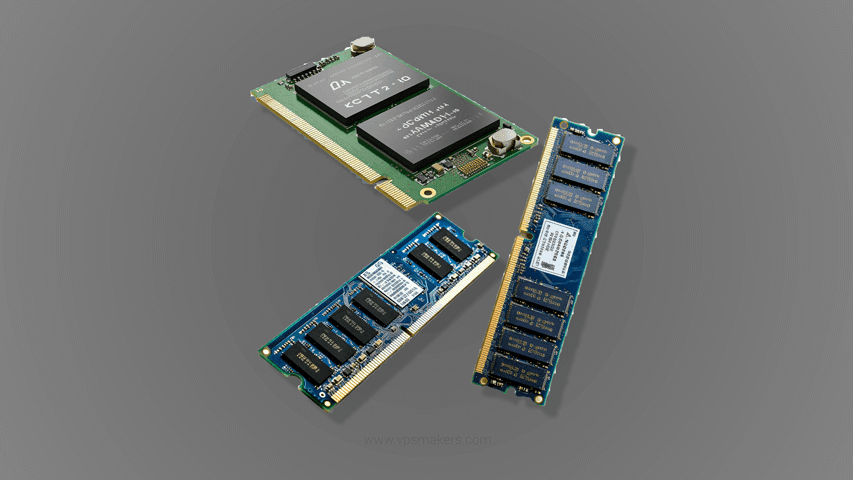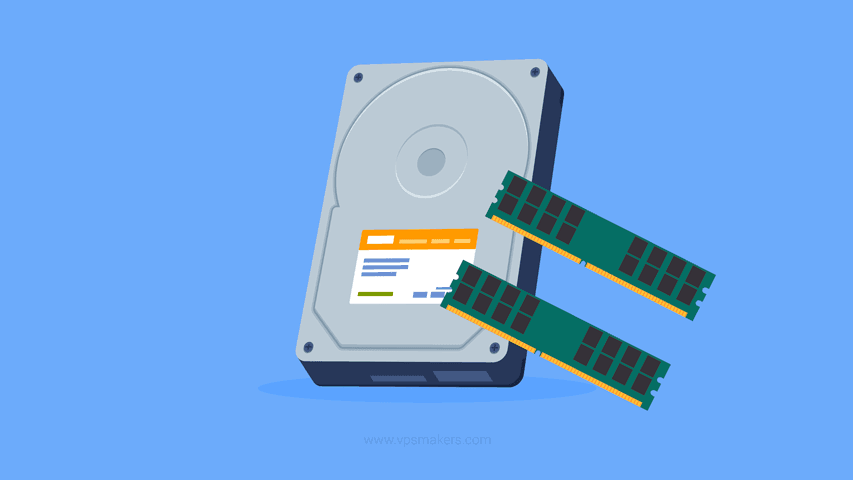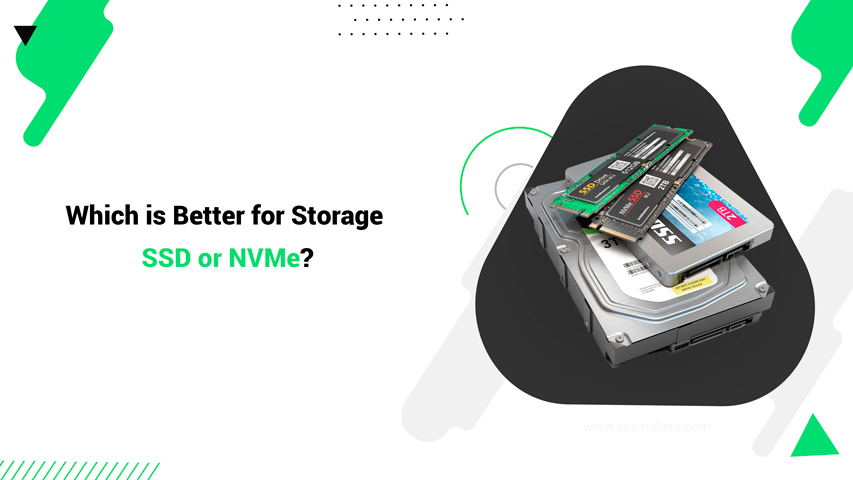Which is better for storage SSD or NVMe?
The never ending battle over choosing SSD or NVMe as the best storage method has been going on for ages. Most users prefer to manage their digital content in a more efficient and faster way, which means they need to upgrade their VPS. And a new generation SSD or NVMe drive is one of the main factors affecting Windows or Linux VPS performance.
At first sight, both drives are fast and functional, but a closer comparison of SSD and NVMe drives reveals significant differences. When it comes to advanced storage technology, the NVMe interface stands out. The performance and efficiency gap between SSD hard drives and NVMe is immediately noticeable by any user.
NVMe benefits from a different communication protocol and interface compared to SATA SSDs. Therefore, it is worth choosing NVMe instead of SATA SSD, as it kicks things up a notch by using a super-fast interface called PCIe (Peripheral Component Interconnect Express), which makes data transfer lightning fast. To make an informed decision, we’ll share some valuable tips. Keep reading for a deeper understanding.

Why is NVMe the Preferred Type of SSDs?
SSD storage mediums have grown in popularity over the last few decades, so let’s start there to answer this question. Solid State Drives (SSDs) store data in a collection of electronic circuits by using NAND flash memory.
They work in the same way as USB flash drives, but on a bigger scale and at higher speeds. You will find SSDs in a variety of form factors, including 2.5-inch drives for traditional SATA connections, M.2 and U.2 options with interfaces like PCIe and NVMe for more compact installations.

Although SSDs revolutionized high performance computing, the spotlight has now shifted to NVMe M.2 SSDs, which can handle more than one parallel processing. The PCIe serial bus interface allows NVMe to establish a direct connection to the CPU and speeds up data read and write three to four times faster than typical SSD forms.
This high-speed data handling capacity of NVMe makes it appealing for demanding workloads such as high-performance computing, servers, database operations, gaming and applications with fast data access.
For professional users who rely on quick access to data, NVMe is the clear choice, as it boasts lower latency and facilitates more efficient communication between the SSD and the computer system, resulting in reduced and faster response times.
In particular, enterprise NVMe SSDs are an ideal choice for businesses looking to level up their data infrastructure, which can deliver unmatched performance, reliability, scalability and industry-standard security.

Yet, for many regular consumers, the extra speed offered by NVMe might not be worth the higher price. Since most users engage in basic activities like web browsing, document editing and media playback, they rarely require the enhanced performance NVMe offers over SSDs.
Therefore, SSDs generally offer better value for money in terms of cost per gigabyte. In the following section, we have outlined further scenarios where opting for SSDs might be appropriate.
When is it preferable to use typical SSDs over NVMe?
Ever wondered when it’s better to go with SATA SSDs instead of NVMe SSDs? Well, several factors come into play. Stay on track to find out more.
- Compatibility: In terms of compatibility, SSDs undoubtedly have the edge. While NVMe drives are becoming more widely supported, they require PCIe bus support, which may not be available on older systems or budget motherboards. But here’s the deal: SSDs typically connect via SATA and have broader compatibility with various systems and interfaces, as they have been on the market for much longer.
- Reliability: When it comes to reliability, both SSD and NVMe drives are better than HDDs because they lack moving parts. However, NVMe drives tend to generate more heat, which may impact their lifespan. Whereas, SSDs produce less heat and are generally more resilient. Besides, SSD technology has been around for ages, which means it’s proven to be super dependable.
- Energy Efficiency: SSDs generally consume less power compared to NVMe drives, which can be beneficial for extending battery life in portable devices like laptops, notebooks, tablets, etc. But remember, the power consumption can vary depending on factors such as the specific SSD or NVMe model and its usage patterns.
- Storage Capacity: For high-capacity storage needs, such as video editing or content creation, SSDs are the real deal. They provide bigger storage capacity at lower prices, which is perfect for storing large media files.
Conclusion
Choosing the right SSD storage type is all about what you need and how much you’re willing to spend. NVMe SSDs benefit from the fastest protocol perfect for gamers who want top speed. They definitely have the performance advantage, but SATA SSDs have the edge when it comes to value for money and compatibility. This article laid out some scenarios wherein NVMe outshines SATA SSDs and vice versa.
But let’s be real, NVMe is still the favored type of SSD because of its higher speed, minimal latency and compact size. If you’re all about speedy data access and seamless multitasking, NVMe is a sure bet. One of the main factors in the increase in VPS performance is the use of the next-generation SSD and NVME HDDs that we offer at VPSMakers. For information about VPS features and services, you can visit sales pages or contact support.

